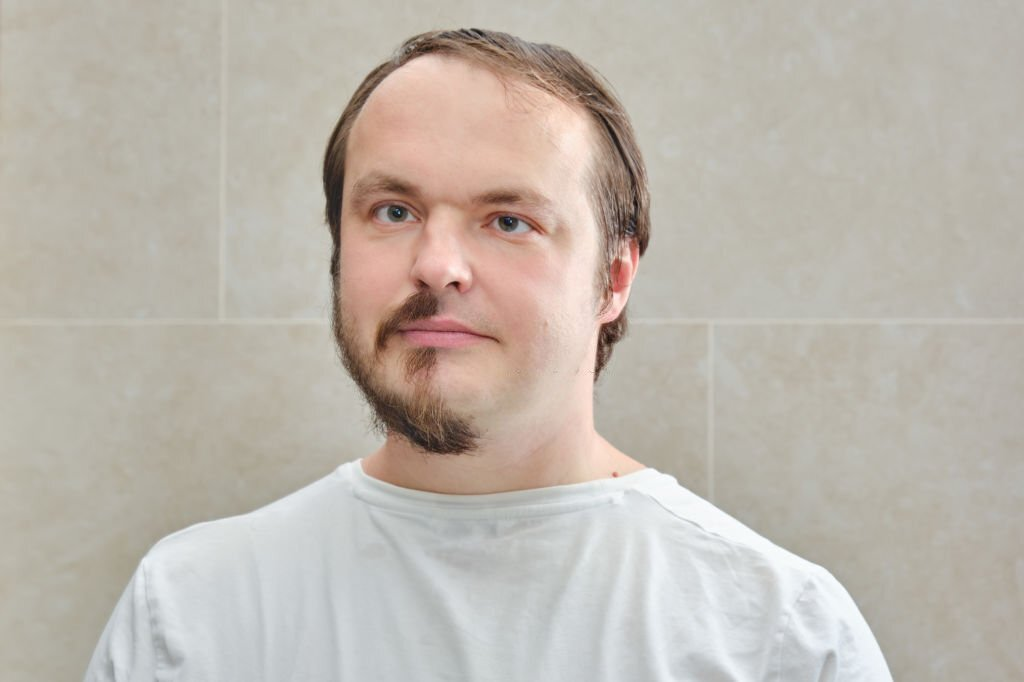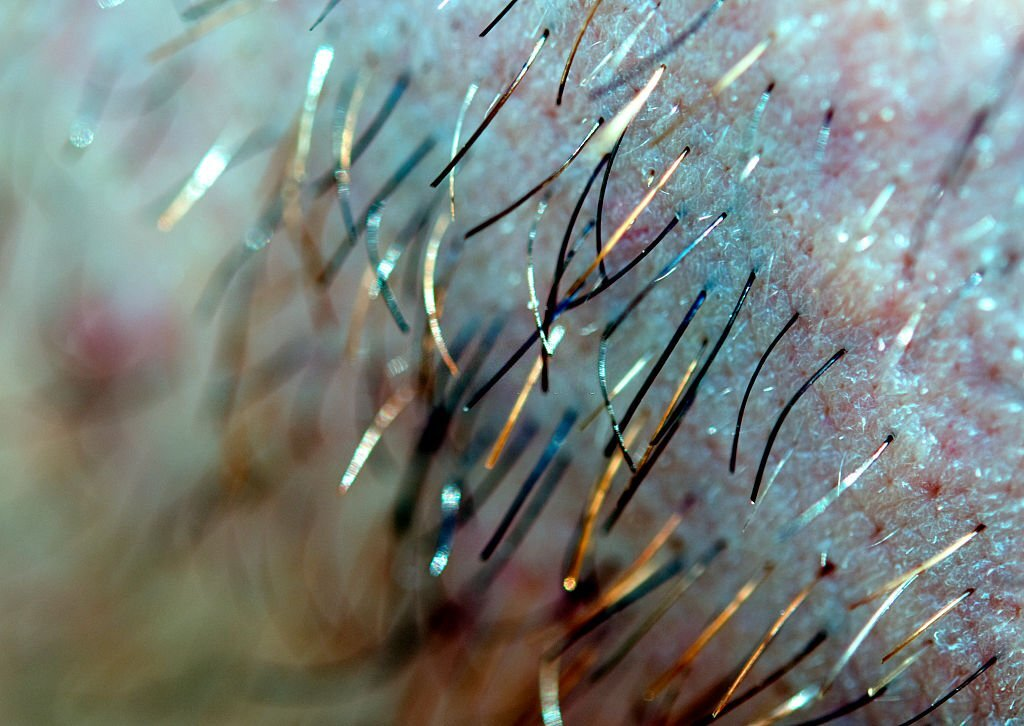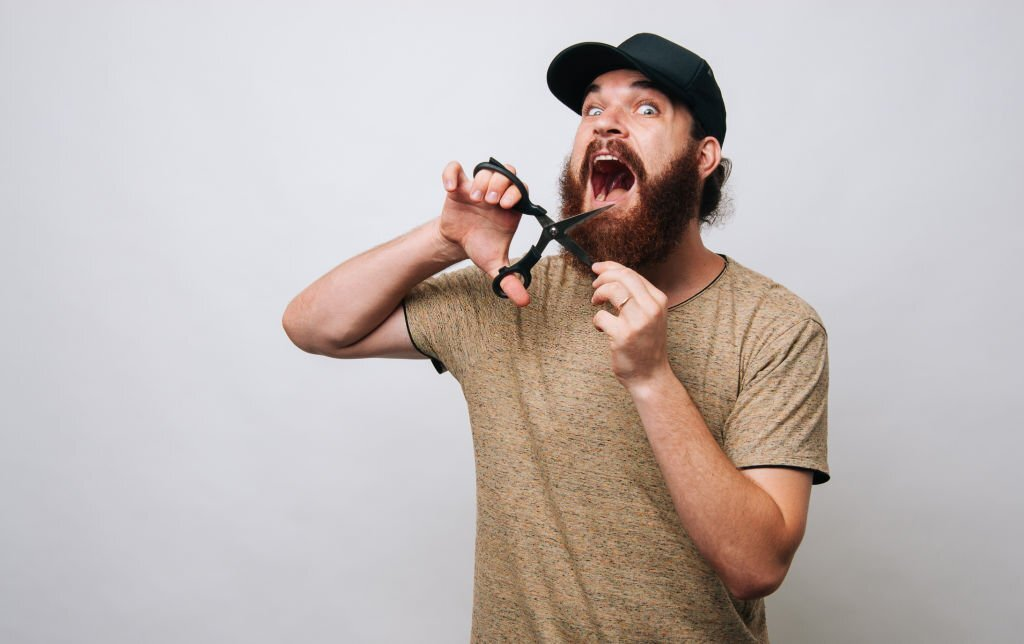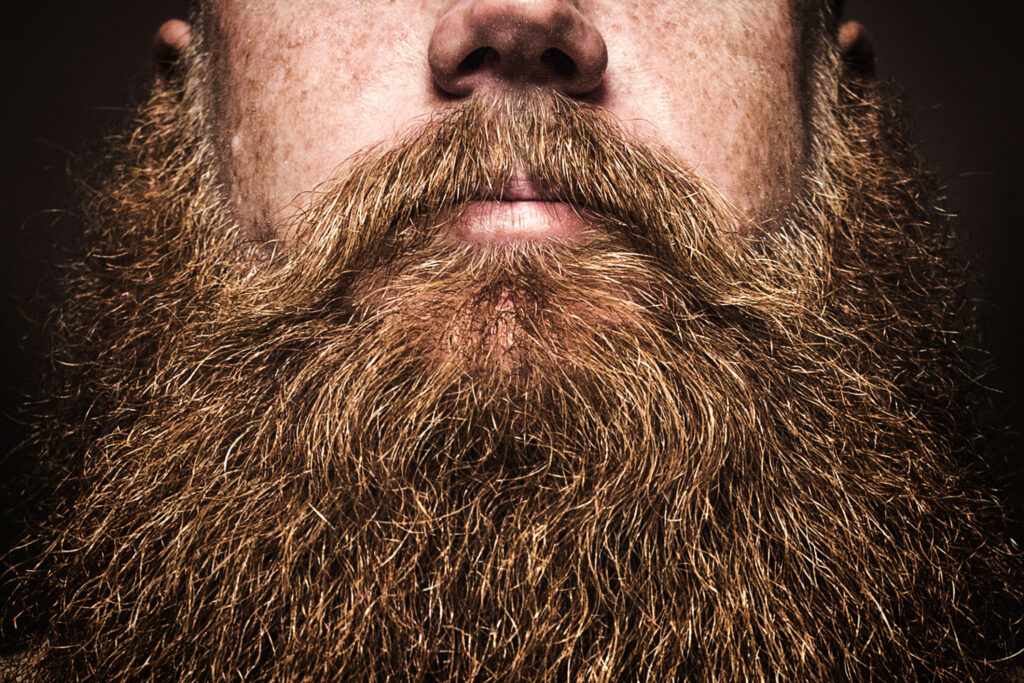If you’re thinking of undergoing a beard hair transplant, you’re in good company. A growing number of men are choosing to undergo this procedure each year to improve the look and feel of their beards. In this post, we will discuss what a beard hair transplant is, what to expect during and after surgery, who is a good candidate for the surgery, and what you can expect from the recovery process. Read on to learn more!
What is Beard Hair Transplant?
Beard hair transplant is a surgical procedure that involves taking hair follicles from one area of the body and transplanting them to the beard area. This can be done with either FUE (follicular unit extraction) or FUT (follicular unit transplantation) methods. The goal of the surgery is to improve the density, thickness, and/or fullness of the beard.
How is Beard Hair Transplant Performed?

Beard hair transplantation is usually done using the follicular unit extraction (FUE) or follicular unit transplantation (FUT) technique. In FUE, individual beard hairs are extracted from the back of the head or other donor sites on the body and transplanted into the desired site on the face. In FUT, a strip of skin containing beard hair follicles is removed from the back of the head and transplanted to the beard area.
What are the Benefits and Expected Results of Beard Hair Transplant?
Beard hair transplant can have many benefits, both aesthetic and functional. Aesthetically, a beard hair transplant can improve the appearance of a beard by increasing its density, fullness, and coverage. It can also help to fill in any balding spots or patchy areas.
Functionally, a beard hair transplant can improve the quality of a beard by making it softer, thicker, and more manageable. It can also make shaving easier and help to reduce razor burn or irritation.
What are the Side Effects of Beard Hair Transplant?
Beard hair transplant is a safe and effective procedure with minimal side effects. The most common side effect is temporary numbness or tingling in the treatment area, which typically resolves within a few weeks. Other potential side effects include:
– Infection
– Bleeding
– Scarring
– Allergic reactions
– Unnatural-looking beard
It is important to note that beard hair transplant is a surgical procedure and, as with any surgery, there are risks involved. Be sure to discuss all potential risks and complications with one of our professionals before undergoing beard hair transplant surgery.
Who is Beard Hair Transplant for?

A Beard hair transplant is a safe and effective procedure for most healthy adults who are seeking to improve the appearance of their beards. The best candidates for beard hair transplant are those who have:
-healthy beard hair follicles that can be harvested from a donor site
-enough beard hair follicles to cover the desired area
-realistic expectations about the results of surgery
If you are considering a beard hair transplant, we encourage you to schedule a consultation with our team of experts. During your consultation, we will assess your candidacy for surgery and develop a treatment plan that is tailored to your individual needs and goals.
How many sessions are needed for a beard hair transplant?
The number of sessions needed for beard hair transplant will depend on the extent of the procedure. For a small beard hair transplant, one session may be sufficient. However, for a larger beard hair transplant, multiple sessions may be necessary.
What is the Recovery Time for Beard Hair Transplant?
In terms of results, most patients will see an improvement in the density and fullness of their beard within 3-6 months after surgery. The final results of beard hair transplant are typically visible after 12-18 months as the transplanted hairs continue to grow and mature.
Recovery from beard hair transplant surgery is typically very straightforward. Most patients report only mild discomfort and swelling after surgery, which can be easily managed with ice packs and over-the-counter pain medication. It is important to avoid strenuous activity or exposure to sun and heat for the first few days after surgery to minimize the risk of complications.
Most patients will see some shedding of the transplanted hairs in the first 2-4 weeks after surgery. This is normal and should not be cause for alarm. The shed hairs will eventually regrow in their new location.
Beard hair transplant is a relatively safe and effective procedure with minimal risks and side effects. The vast majority of patients are satisfied with the results of their beard hair transplant surgery.
How much is Beard's hair transplant?

If you feel like a beard hair transplant is right for you, feel free to contact us at Root Hair Clinic to get a quote. If you are interested in learning more about beard hair transplants, contact us today to schedule a consultation.
Beard hair transplants - Conclusion
A beard hair transplant is necessary for men looking for a more satisfying and dense spread of facial hair. The procedure is done with either FUE or FUT hair transplants, with the number of sessions necessary dependent on the extent of the procedure wanted or is necessary.
Why is Root Hair Clinic the best clinic for beard hair transplants in Korea?
Hair transplants (especially beard hair transplants since you’re working on the face) are a delicate and sensitive procedure that you should only undergo with a clinic that’s reputable. That’s where Root Hair Clinic comes in, a hair and scalp treatment clinic that has been in Gangnam for 2 decades now with no recorded medical injuries or accidents whatsoever. We offer only the best solutions and results with our team of licensed medical professionals that have a lot of titles and accolades under their belt. We also give out extensive aftercare as necessary – ensuring that you get the most optimum results in the most hassle-free way.
If you have any queries or clarifications, feel free to contact us at +82 10-3111-3505, send us an email at [email protected], or shoot us a message via our website or Facebook page.

